Pictures: HENNIE FISHER
ATTENDING a fabulous dinner at the French Embassy, DIANE DE BEER lost her heart not only to the fantastic food and spectacular wines, but especially to the savvy of her French hosts and the sassiness of her fellow South Africans:



A small but pretty selection of the garden as you enmter the residence grounds.
It was the French Embassy’s Goȗt de France dinner that again reminded me of one of our best attributes – our people.
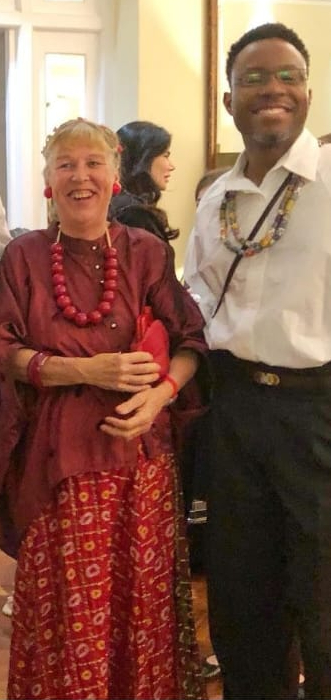

Myself with the stylish Itumeleng Makhoi; and above right, First Lady of Lesotho Mrs Mammusa Masekoalane Majoro and Namibian olympian hockey player David Britz.
Here we were in all our diversity from two soon-to-be Olympian hockey players (one representing South Africa and the other Namibia, but we claim him because he is studying at UJ) to a fashion designer whose calling card was her fabulous style on the evening, a stylish young gentleman who imports champagne for local enthusiasts, a sassy lawyer and a smart landscape architect.

PICTURE: French Embassy/Aldina Mujkanovic
And that’s just a handful. There was the woman with the red headpiece and the sexy red stilettos who turned out to be the First Lady of Lesotho Mrs Mammusa Masekoalane Majoro and it wasn’t just her style that was exuberant, her personality was a perfect match. But the same could be said of the two young lasses (above) also at our table, the one a landscape architect and the other a lawyer, both of whom had as much sass as they had style.

It has always been one of the French Embassy’s secret weapons. There’s someone there who knows how to put a spectacular group of South Africans together. This time the current ambassador H.E. Mr David Martinon noted that because of the upcoming Olympics in Paris, they had hoped to combine food and sport but that wasn’t always achievable.
But what they did manage was to showcase people who displayed our most extraordinary strength – diversity.
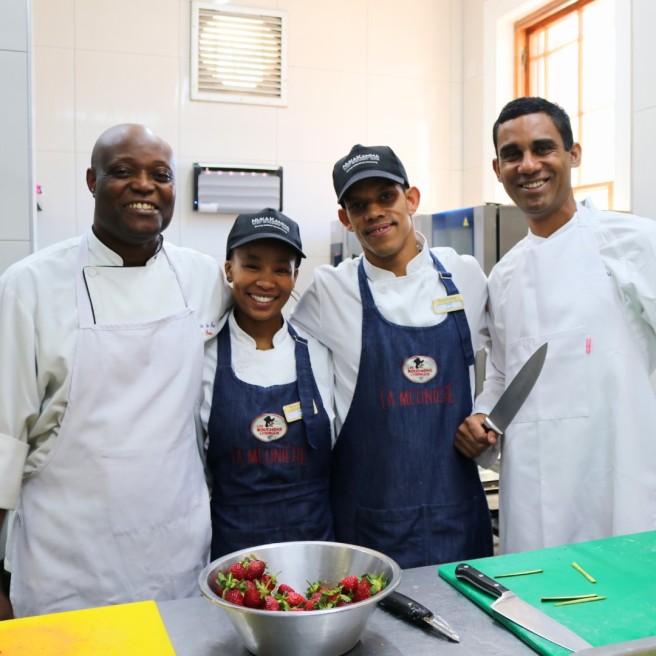
PICTURE: French Embassy/Aldina Mujkanovic
All of this was also reflected by the charming Ambassadorial couple, H.E. Mr Martinon and his wife Karen, in the food on the night which was the brainchild of the embassy chef, André Ahiba, who has served nine ambassadors and celebrated French cuisine in marvellous fashion.

The starter was a mini seafood combo with a prawn poached in its own bisque paired with a beautiful panfried scallop. It was delicious and a fine launch into the rest of the meal.
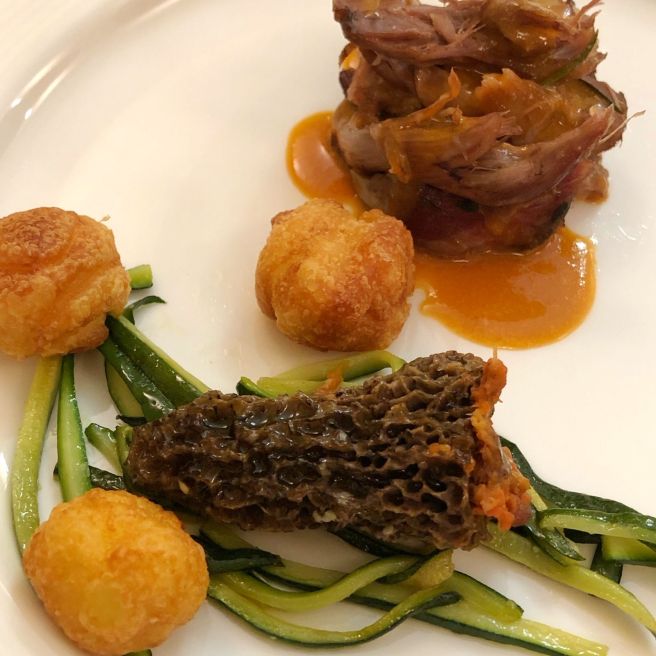
This was followed with slow-cooked Karoo lamb shank which paid homage to produce from a specific region and then similarly, to sustainability. The accompaniments included pomme dauphine and julienne courgettes. But the piece de resistance was a morille farcie, which my chef partner said he knew about but had never eaten. When looking for a translation, stuffed mushrooms pops up, but the best I can do is to say that the chef noted it was extremely expensive and the taste was that of mushrooms, very intriguing.

This was followed by their cheese course which again displayed a wonderful individuality of thought. What could have been easier than presenting us with a selection of French cheeses. Everyone would have been wowed. But again the chef imaginatively presented us with Brie truffe Brioche (a brioche with truffle brie is my translation) which I loved, served with a salad, it was different and tasty.
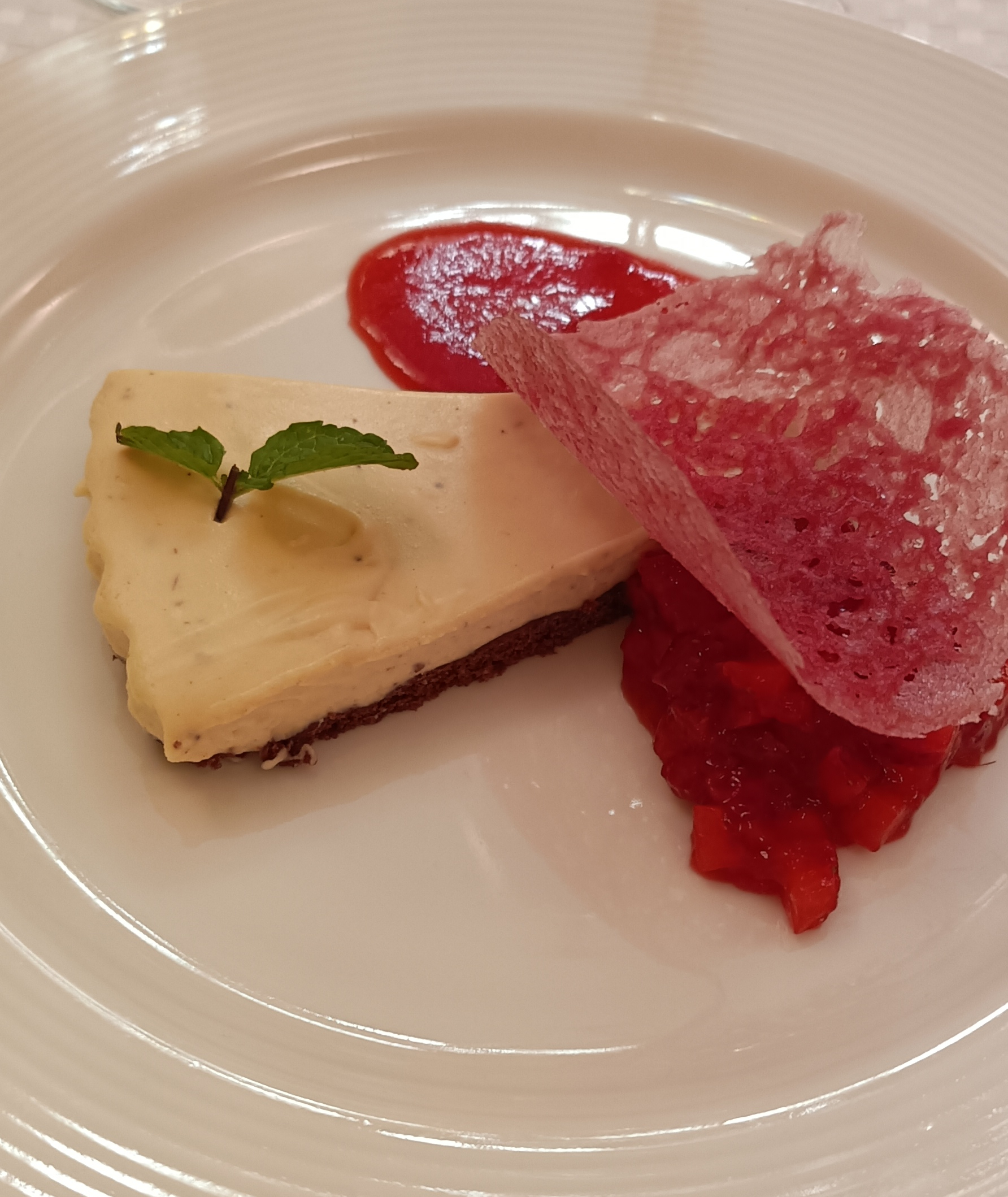
The other nod to South African produce was a Rooibos white Valrhona tart with a red fruits and a biscuit financier (which has its name because of the shape reflecting a gold bar!).
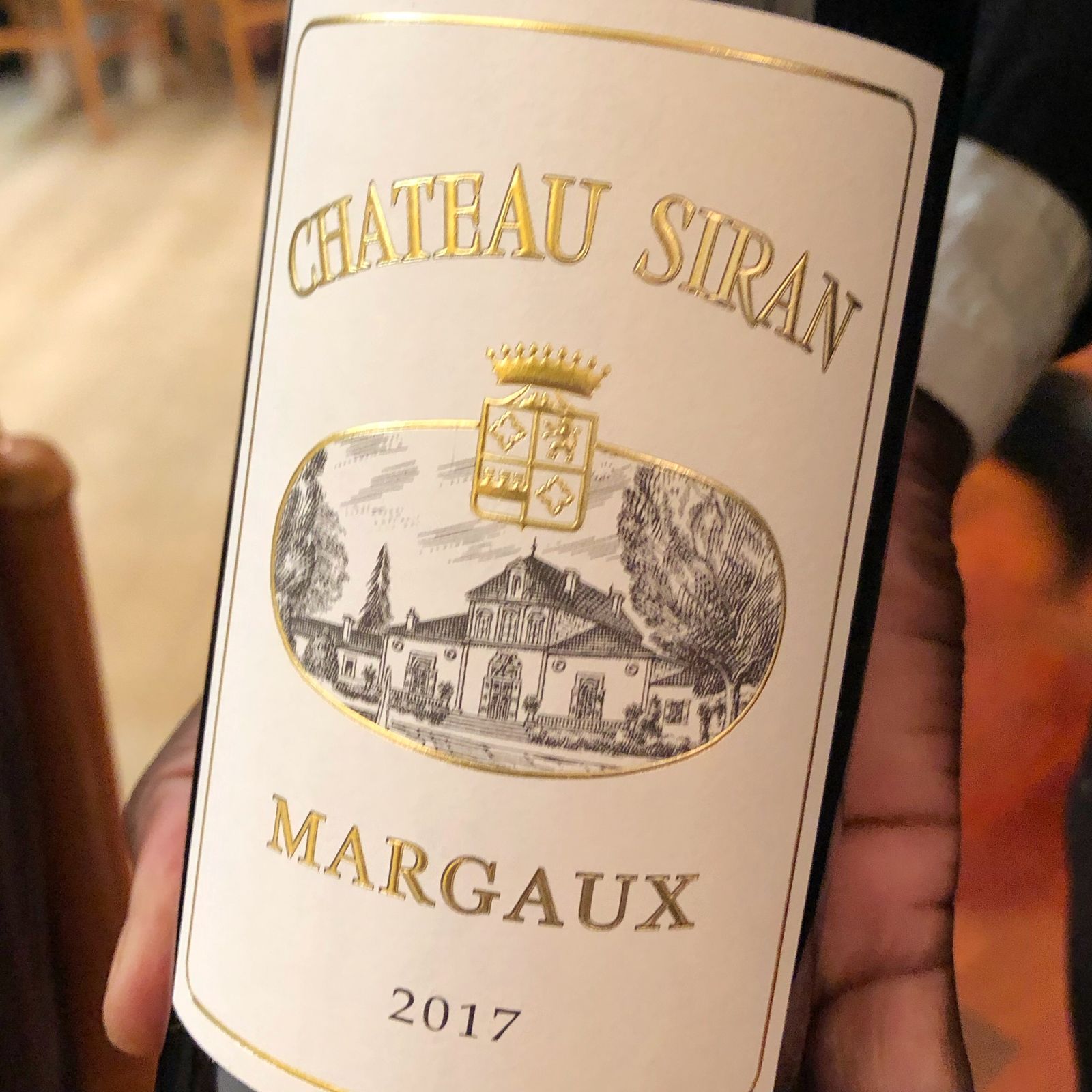
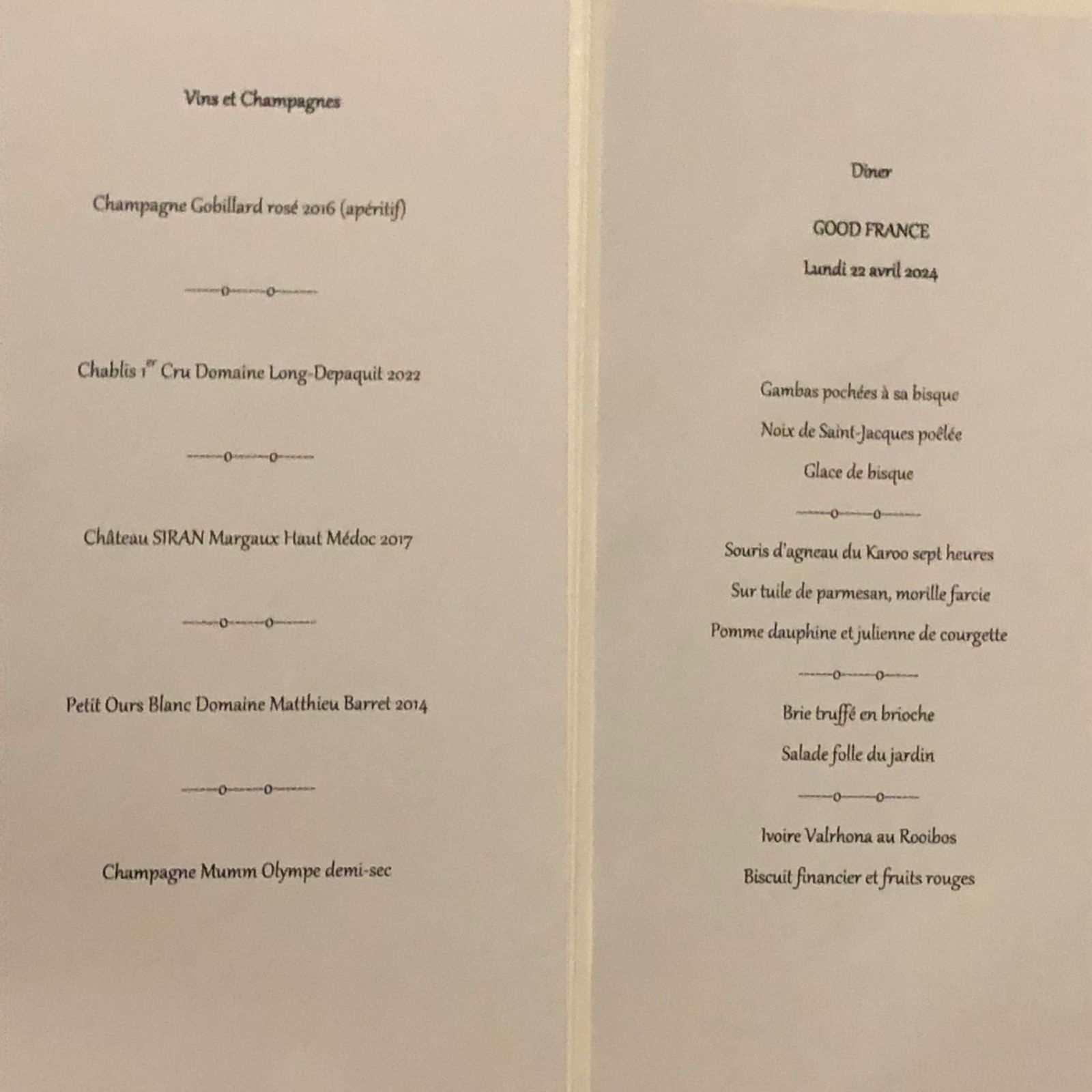
What I liked about the menu was that it felt pared down in the best sense of the word. Every dish had some extraordinary qualities but in conclusion, one left the table replenished yet comfortable.
The food was complemented with phenomenal French wines. I am by no means a wine specialist but from the apéritif served with the most delicious foie gras squares brightly decorated with rose leaves out of the spectacular embassy garden, Champagne Gobillard rosé 2016, followed by Chablis Cru Domaine Long-Depaquit 2022 and the most amazing of all, the Château SIRAN Margaux Haut Médoc 2017, and then the Petit Ours Blanc Domaine Matthieu Barret 2014 and finally yet another fantastic Champagne Mumm Olympe demi-sec.
When countries want to show off their quality and they do it this well, those of us invited to participate in the tasting, cannot but go overboard with the praise.
And in the final analysis it was the full package that gift-wrapped this evening so magnificently. From the arrivals which take you through some of the prettiest gardens to the entrance where you are met with a glorious ensemble of citizens hosted by an enchanting ambassadorial couple who as a bonus also have their young daughters meet the guests and show off some French charm.
The staff are magnificently dressed with gorgeous smiles as they gently see that the guests on the night are suitably cared for.
And then my fellow South Africans introduced to me by the French ambassador. I think I have said as much as I can and can simply add that it was an evening that I couldn’t have been more proud to be South African.
And I have the French to thank for that.
Merci beaucoup.
Vive la France!































































































































